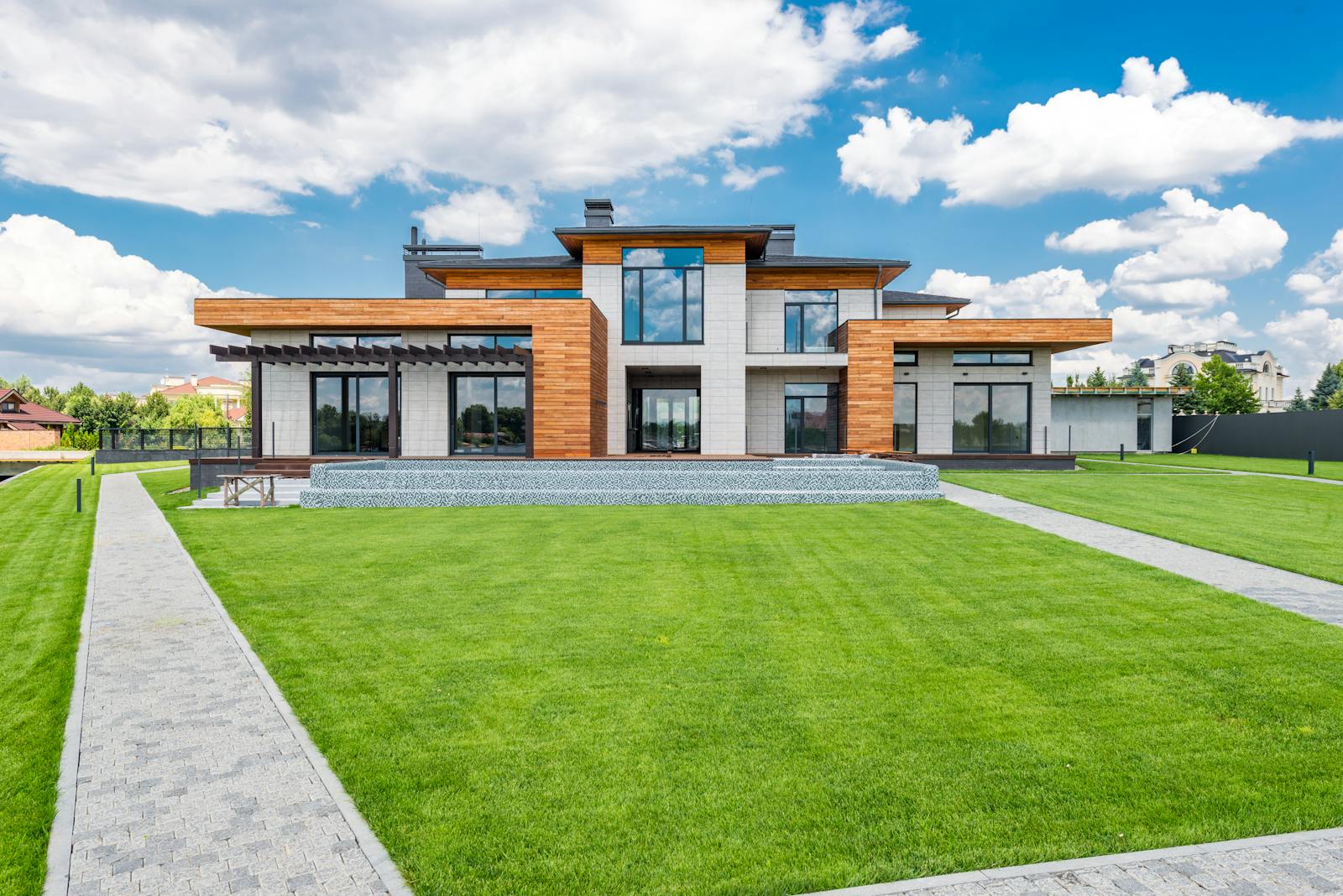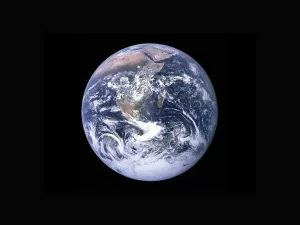Green lawns have long been a symbol of the American dream, representing well-maintained homes, suburban living, and pride in property ownership. However, beneath the neatly trimmed grass and uniform appearance lies a growing environmental concern. Traditional green lawns are resource-intensive and can have significant negative impacts on ecosystems, water resources, and biodiversity. This article explores the environmental drawbacks of green lawns and why they might not be as sustainable as they appear.
Water Usage and Scarcity
One of the most significant environmental concerns associated with green lawns is water consumption. Lawns require substantial amounts of water to maintain their lush appearance, especially in regions where rainfall is limited. In the United States, lawn irrigation accounts for nearly one-third of all residential water use, equating to billions of gallons of water annually. In drought-prone areas, such as the southwestern United States, this excessive water use exacerbates water shortages and places a strain on local resources. Overwatering lawns not only depletes water supplies but also contributes to issues like soil erosion, runoff, and groundwater depletion. The heavy reliance on watering systems to maintain green lawns is increasingly unsustainable, particularly as climate change leads to more frequent and severe droughts.
Practical Tips for Reducing Water Usage
- Smart Irrigation Systems: Implementing smart irrigation systems that adjust watering schedules based on weather conditions can greatly reduce unnecessary water use.
- Rain Barrels: Collecting rainwater in barrels can provide a free and sustainable resource for watering lawns and gardens.
- Choose Drought-Resistant Grass: Consider planting grass varieties that require less water, such as Bermuda or Buffalo grass, which are better suited for arid climates.
Chemical Use: Fertilizers, Herbicides, and Pesticides
Green lawns often rely on chemical inputs to achieve their perfect, weed-free appearance. Fertilizers are commonly applied to promote healthy grass growth, while herbicides and pesticides are used to eliminate weeds and pests. Although these chemicals may enhance the lawn’s aesthetic, they come with significant environmental costs.
Water Pollution
When fertilizers and chemicals are applied to lawns, they can easily run off into nearby waterways during rain or irrigation. This runoff introduces excess nutrients, such as nitrogen and phosphorus, into rivers, lakes, and streams, leading to harmful algal blooms. These blooms can deplete oxygen levels in the water, causing “dead zones” where aquatic life cannot survive. The resulting water pollution not only affects ecosystems but also poses risks to drinking water supplies.
Soil Health Degradation
The repeated application of chemical fertilizers and pesticides can degrade soil health over time. While these products may promote short-term growth, they disrupt the natural balance of soil organisms, reducing soil fertility and structure. Healthy soil is essential for supporting diverse plant life and mitigating erosion, but chemical-laden lawns often lack the rich biodiversity found in natural ecosystems.
Practical Alternatives to Chemicals
- Organic Fertilizers: Use organic fertilizers that improve soil health without harmful chemicals. Compost and manure are excellent alternatives.
- Integrated Pest Management (IPM): Implementing IPM practices can reduce the need for pesticides by using natural predators and barriers to control pest populations.
- Hand-Pulling Weeds: Regularly removing weeds by hand can reduce the need for herbicides and promote a healthier lawn.
Biodiversity Loss and Monoculture Lawns
Traditional green lawns are typically monocultures—landscapes dominated by a single species of grass. Monocultures lack the diversity needed to support a healthy ecosystem and are more vulnerable to pests, diseases, and environmental stressors. In contrast, natural landscapes with a variety of plant species are more resilient and provide habitat for a wide range of wildlife, including pollinators, birds, and beneficial insects. By prioritizing uniform green lawns, homeowners inadvertently contribute to the loss of biodiversity. The absence of native plants, flowers, and shrubs limits the food sources and habitats available for pollinators like bees and butterflies, which are crucial for maintaining healthy ecosystems. This decline in biodiversity has ripple effects, leading to reduced pollination, impaired ecosystem services, and weakened food chains.
Enhancing Biodiversity in Your Yard
- Diverse Plantings: Incorporate a mix of grasses, flowers, and shrubs to create a more diverse and resilient lawn.
- Pollinator Gardens: Plant a garden that specifically attracts pollinators, such as bees and butterflies, using native flowering plants.
- Leave Some Areas Wild: Allow certain parts of your yard to grow naturally, providing habitats for local wildlife.
Carbon Footprint and Greenhouse Gas Emissions
Maintaining a green lawn often involves activities that generate greenhouse gas emissions, contributing to climate change. The use of gas-powered lawnmowers, trimmers, and leaf blowers emits carbon dioxide and other pollutants into the atmosphere. According to the Environmental Protection Agency (EPA), lawn and garden equipment account for about 5% of air pollution in the United States. In addition to direct emissions from lawn equipment, the production, transportation, and application of fertilizers and pesticides also contribute to the carbon footprint of maintaining a lawn. Furthermore, the energy-intensive process of watering lawns—especially when it involves pumping groundwater or using treated municipal water—adds to the environmental impact.
Reducing the Carbon Footprint of Lawn Care
- Electric or Manual Tools: Switch to electric or manual lawn care tools to reduce emissions.
- Natural Lawn Care Techniques: Practice mowing less frequently and at higher grass lengths to promote deeper root growth and reduce the need for frequent watering.
- Composting: Composting lawn clippings and yard waste can reduce methane emissions from landfills and return valuable nutrients to the soil.
Soil Degradation and Compaction
The frequent mowing, raking, and foot traffic associated with lawn maintenance can lead to soil compaction. Compacted soil reduces water infiltration, making it harder for rainwater to penetrate the ground and recharge groundwater supplies. This can increase surface runoff, leading to erosion and further loss of soil fertility. Compacted soil also restricts root growth, making lawns more susceptible to drought and requiring even more water and chemical inputs to maintain their green appearance.
Improving Soil Health
- Aeration: Regularly aerate your lawn to alleviate soil compaction and improve water infiltration.
- Topdressing with Organic Matter: Apply a thin layer of organic matter, like compost, to enhance soil structure and nutrient content.
- Reduce Foot Traffic: Create designated pathways to minimize compaction in high-traffic areas.
Alternatives to Traditional Green Lawns
As awareness of the environmental impact of green lawns grows, many homeowners are exploring more sustainable landscaping options. These alternatives focus on reducing resource use, promoting biodiversity, and creating landscapes that are better suited to local climates.
Native Plant Landscaping
Using native plants in place of traditional lawns is an environmentally friendly option that requires less water, fewer chemicals, and minimal maintenance. Native plants are adapted to local conditions and provide vital habitat for pollinators and other wildlife. They also enhance soil health and contribute to more resilient ecosystems.
Xeriscaping
Xeriscaping is a landscaping technique that emphasizes water conservation. It involves using drought-tolerant plants, reducing lawn areas, and incorporating features like mulch and gravel to minimize water use. Xeriscaping is particularly popular in arid regions where maintaining a traditional lawn is impractical.
Wildflower Meadows
Replacing lawns with wildflower meadows not only reduces maintenance but also promotes biodiversity. Wildflower meadows provide habitat for pollinators, birds, and other wildlife, while also requiring less water and fertilizer than traditional lawns. They can be an attractive and ecologically beneficial alternative to the conventional green lawn.
Permeable Landscaping
Permeable landscaping involves using materials that allow water to penetrate the ground, reducing runoff and promoting groundwater recharge. Options include permeable pavers, gravel paths, and rain gardens. These features can be integrated into a landscape to enhance its environmental performance while still providing functional outdoor space.
Embracing Sustainable Landscapes
Transitioning to sustainable landscaping is not merely about reducing harm; it’s an opportunity to create vibrant ecosystems that support life, conserve resources, and enhance well-being. By embracing these alternatives, homeowners can contribute to a more sustainable future while enjoying the benefits of a beautiful, functional outdoor space.
Steps to Start Transforming Your Lawn
- Assess Your Lawn: Begin by evaluating your current lawn and identifying areas that could be transformed with more sustainable practices.
- Research Local Plants: Investigate which native plants thrive in your region and consider how they can be integrated into your landscape.
- Plan Your Design: Create a design that incorporates sustainable features such as native plants, permeable surfaces, and drought-resistant areas.
- Implement Gradually: Transition your lawn in stages, starting with high-impact areas to observe changes and benefits without overwhelming resources.
- Engage Your Community: Encourage neighbors to adopt sustainable practices by sharing your experiences and results, fostering community support for environmental stewardship.
By shifting away from resource-intensive lawns and embracing more diverse, resilient landscapes, we can reduce our environmental footprint while still enjoying attractive and functional outdoor spaces. This shift not only makes sense for the environment but also contributes to personal well-being, as time spent in a thriving, biodiverse garden can be a source of joy and relaxation.



